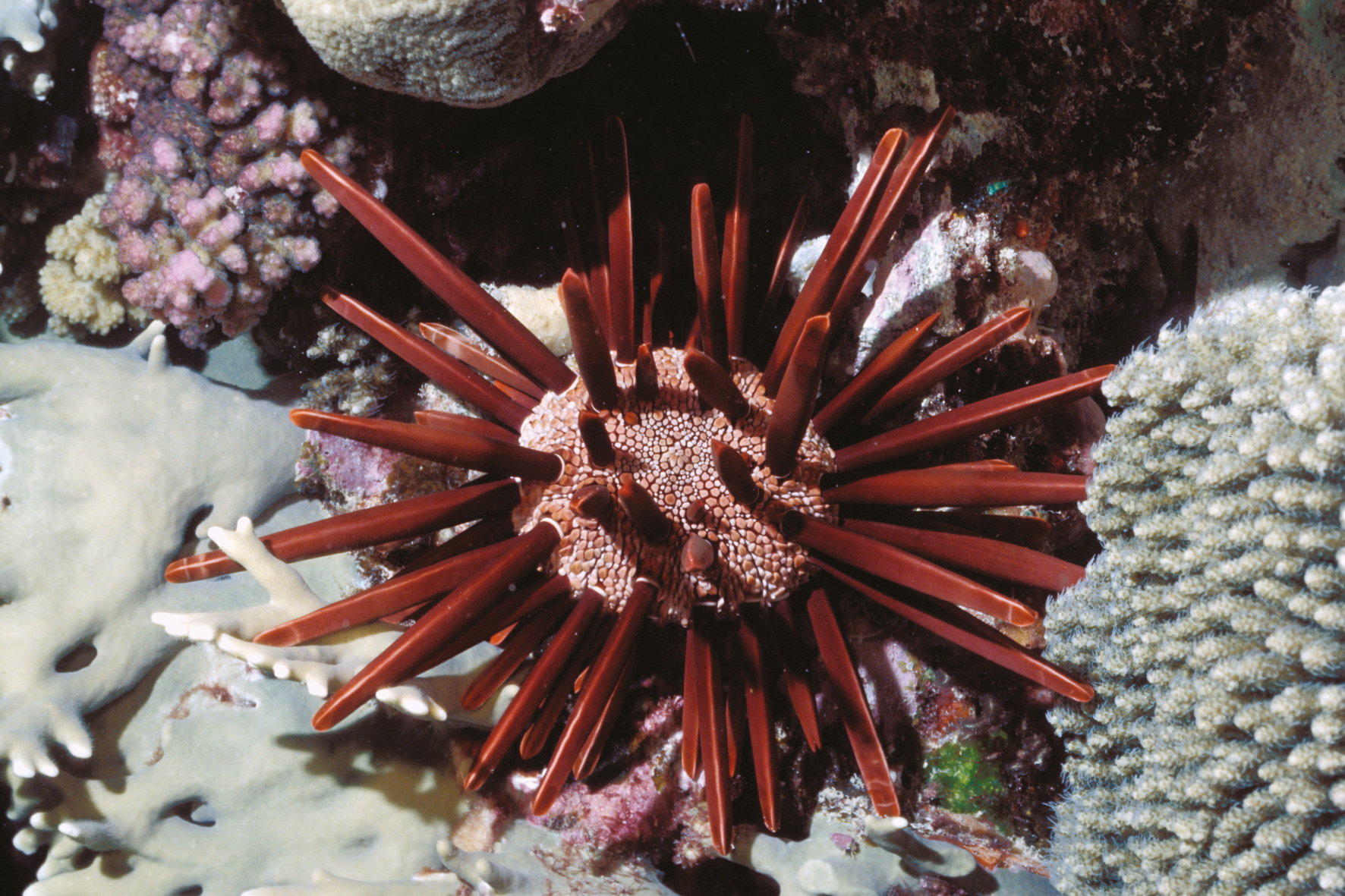Image: © Matthieu Juncker
To gain access to full information on sea urchins, download the information sheet produced by the LMMA Network and SPC.
If it is believed that urchin populations have decreased, actions that could be taken by the community include the following:
Fish smart rules
Gear restrictions
Ban the use of underwater breathing apparatus for collecting sea urchins. Fishing methods should be restricted to collection by hand.
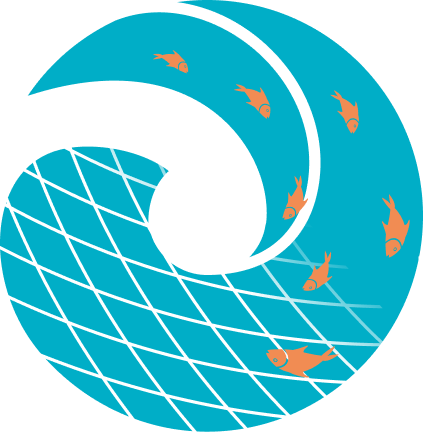

Fishing bans
Ban the commercial collection and selling of sea urchins. Local stocks of sea urchins should be reserved for use as food by local fishing communities.
If the timing and location of sea urchin spawning aggregations are part of the traditional knowledge of the community, the following actions are possible:
Tabu areas
Establish small community-managed no-take areas. These areas should include places where sea urchins are known to spawn and produce larval stages that have the potential to drift and settle in nearby fishing grounds. If permanent closures are not possible, the following is an option.
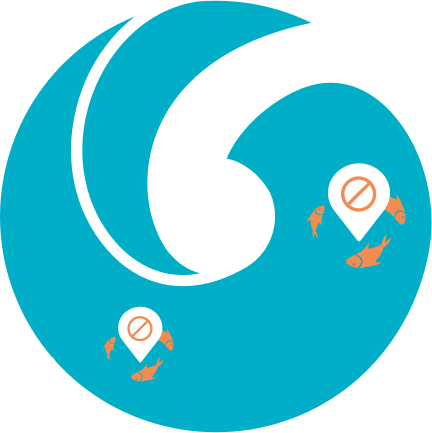

Temporary bans
Protect sea urchins during the spawning season. This may involve closures at spawning aggregation sites for periods of several weeks.
Good to know: sea urchins have to be close to each other and present in sufficient numbers for reproduction to be successful
If sea urchins have been overfished, the remaining sea urchins may be too far apart for eggs released by females to be fertilised by sperm released by males. Sea urchins have to be close to each other and present in sufficient numbers for reproduction to be successful.
Fishing methods
In Pacific island countries, sea urchins are usually picked by hand (gleaned) by women walking in shallow water. In some cases, sea urchins have been collected by divers using SCUBA.
Some urchins, such as the flower urchin, Toxopneustes pileolus, are poisonous and should not be handled; they are easily identified by the flower like extensions (pedicellaria) between the spines.
Management measures in the region
On a worldwide basis, various controls including catch quotas and licensing of fishers have been used to manage commercial sea urchin fisheries; these management measures are generally unsuitable for use by fishing communities in which urchins are collected as food. In most Pacific Islands there are no management controls placed on the collection of sea urchins.
If sea urchin stocks have been severely depleted it may be possible to collect mature urchins from another location and move them to form an effective spawning population in a no-take zone; the advice of local fisheries authorities and scientists should be sought before attempting this.
Some species
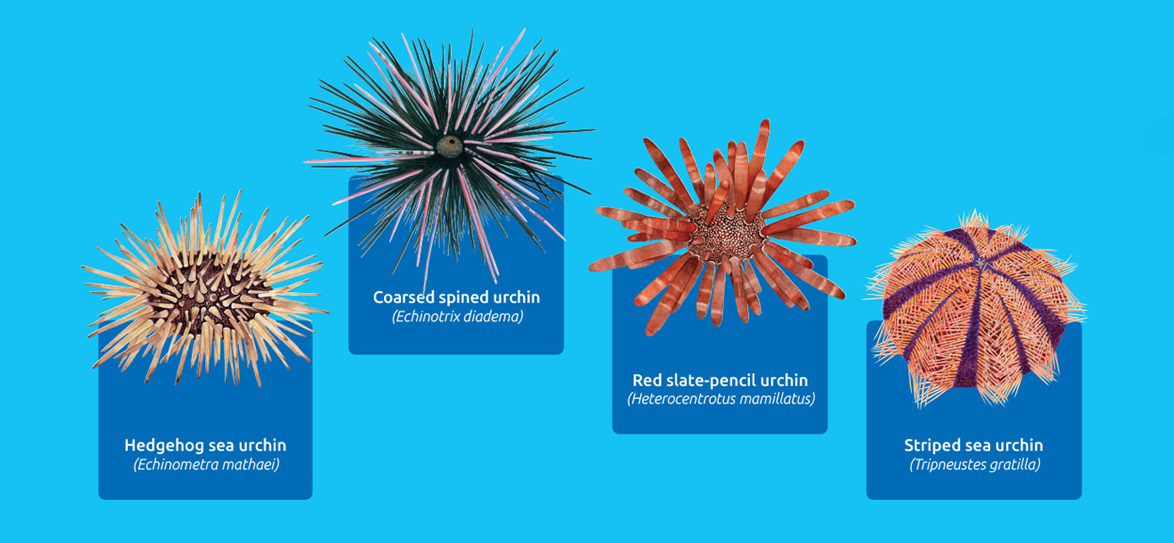
Sea urchins have globe-like bodies with the mouth directed downwards and the anus directed upwards. They move on small tube-like feet which end in suckers and have a hard external shell (known as a test) with moveable spines of varying length.
The needle-like spines of the long-spined urchin, Diadema, reach over 30 cm in length and contain toxins capable of inflicting a painful wound. The spines of the slate-pencil urchin, Heterocentrotus, on the other hand, are heavy and blunt and are adapted for wedging the urchin into crevices on coral reefs. Species of Echinometra and the short-spined urchin, Tripneustes gratilla, are widely collected for food in many Pacific island countries; the latter is believed to have a high aquaculture potential.
Sea urchins are found in both temperate and tropical waters around the world and are the basis of commercial fisheries. Sea urchins have five reproductive organs (gonads or roe) suspended on the inside of the test and these are regarded as delicacies in many countries.
Young sea urchins prefer often rocky areas where they can hide and mature urchins prefer open sea floors with some cover. They move over the sea floor feeding on seagrass, seaweed (algae) and sometimes small animals using their five pointed teeth. Many urchins play a vital role in reef health by eating seaweed which would otherwise smother corals.
In tropical waters, sea urchins are eaten by stingrays, pufferfish, triggerfish and octopuses.
Sea urchins have separate male and female sexes which are externally identical. In many species a large number of individuals gather to reproduce in spawning aggregations.
Females release several million eggs and males release sperm into the water from five pores arranged around the anus. Fertilised eggs develop rapidly into a swimming cone-shaped larval stage which may remain in the plankton for about 5 weeks. Only a few in a million survive to sink to the bottom and change into adult forms.
Many tropical species of sea urchins reach reproductive maturity within two years. The short-spined sea urchin grows very quickly to reach reproductive maturity at 75 mm in the first year and may live for 2 to 5 years and reach sizes of 160 mm.
Related resources
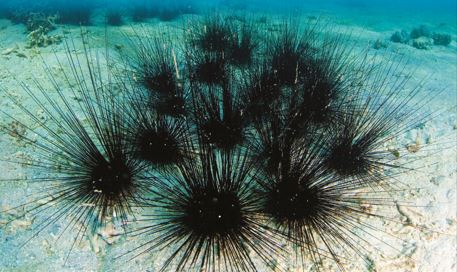
To gain access to full information on sea urchins, download the information sheet.

